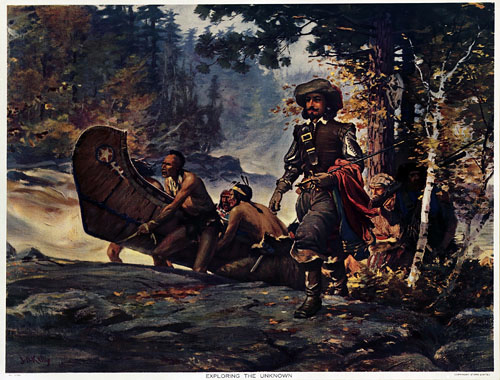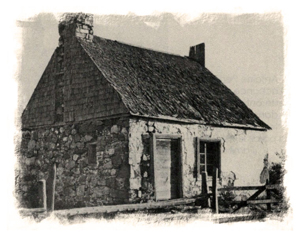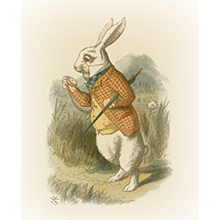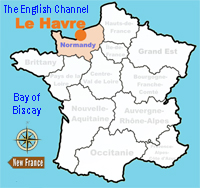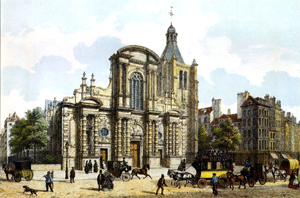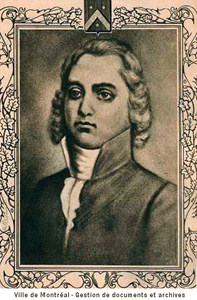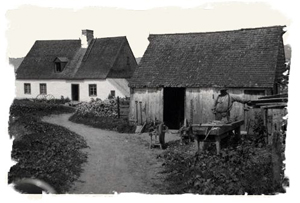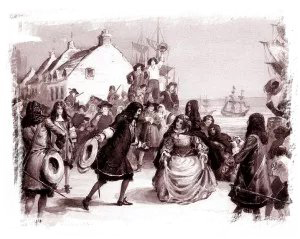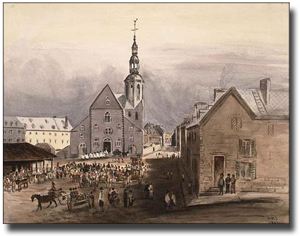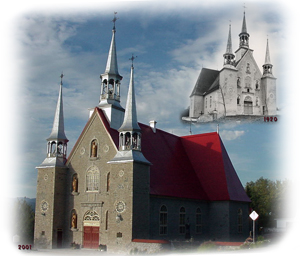On his arrival in Québec, the young colony is anything but a city! If one believes the description that the Jesuit Paul Ragueneau made two years earlier: "Quebec is called a city; but it would be truer to say that, apart from the fort, our house and the two convents of nuns, there is almost nothing that has the appearance of a city, but of rather it is just a humble village. We can see some thirty French houses scattered here and there and without any order. "
In the early days, the young Antoine spent most of his time in company of another servant, François Gaulin, who arrived with him. Around this same time, Dailleboust and his family lived in the area of Coulonge, most likely located on the site of Bois-de-Coulonge today.
Master of His Own Place
After three years, as envisioned, Antoine has a choice to make; return to France or to remain here and become established on his own concession. Like the majority of the volunteers, he decides to remain in his new country.
On January 5, 1655, Antoine gets what can only be described as, "his just reward". He will become the master of his own domain. The Dailleboust lord concedes not one, but two parcels to him that he will exploit with his companion and associate François Gaulin. One of the 15 arpents of land is near Coulonge. It edges on the "Main road" (today the Saint-Louis road) which goes from Québec to Cap-Rouge. The other property is another 200 arpents and it is located in the seigniory of Lauzon, facing the river. Antoine will devote the next three years to clearing his two properties and to fish eel with his partner.


